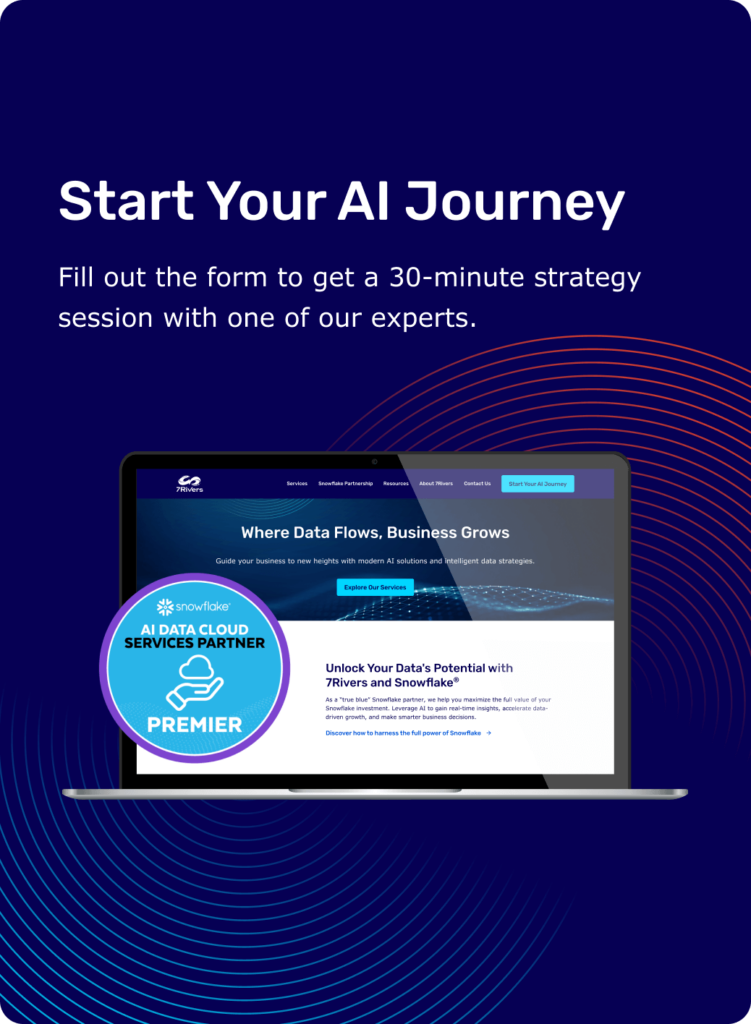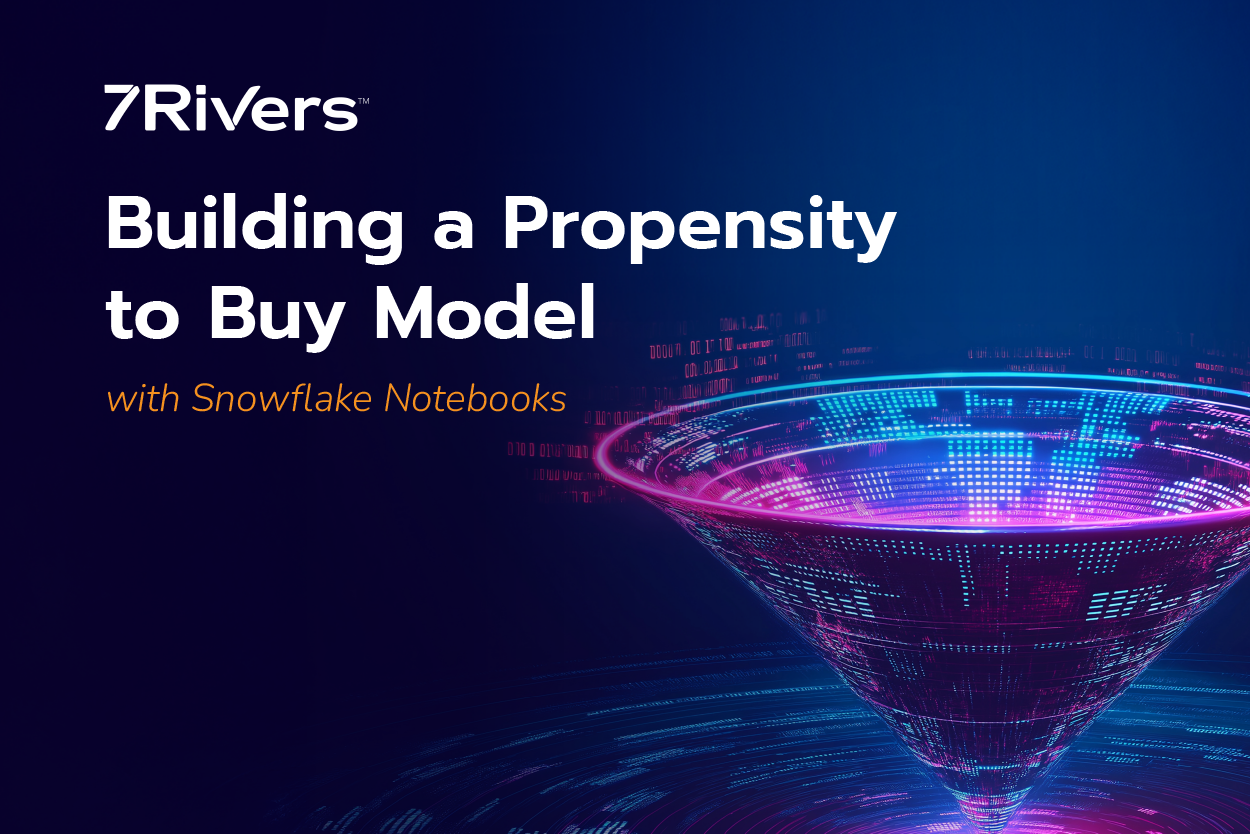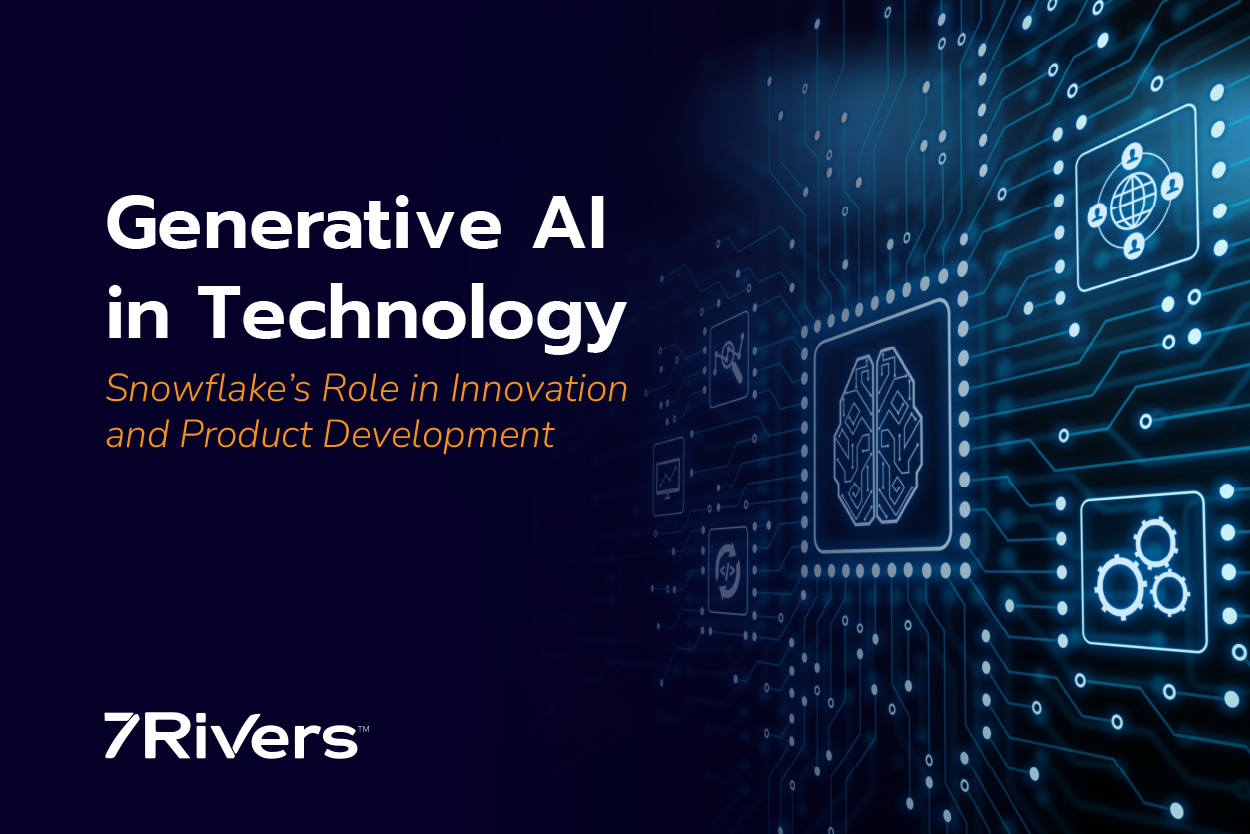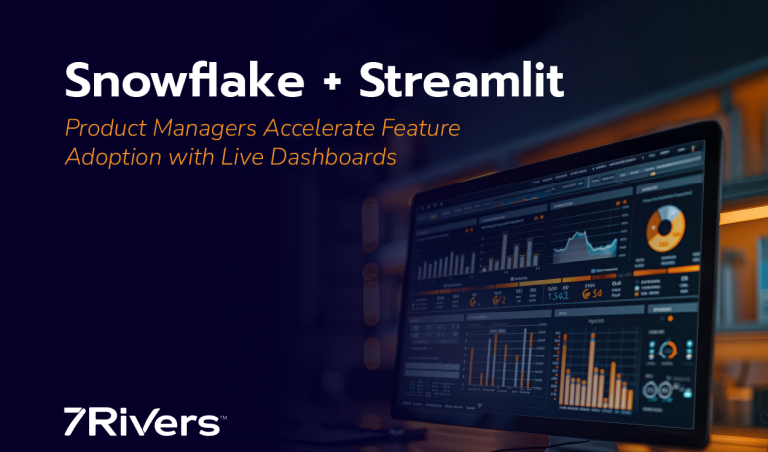In a world where interest rates fluctuate rapidly, customer behaviors evolve unpredictably, and market volatility is the norm, liquidity and capital management have moved from the back office to the boardroom. For financial institutions, these aren’t just compliance exercises—they are mission-critical functions that impact profitability, strategic flexibility, and long-term resilience.
Yet many banks still rely on legacy methods for forecasting: spreadsheets updated monthly, rules-based models built on fixed assumptions, and reactive, rather than predictive, decision-making. These methods struggle under today’s conditions of high volatility and complexity.
Data Science and AI offers a better way forward.
By leveraging real-time data, dynamic modeling, and scalable computation, AI enables banks to forecast liquidity and capital needs with greater accuracy, agility, and insight. In doing so, it transforms forecasting from a static process into a strategic tool.
The Stakes: Why Forecasting Liquidity and Capital Is So Hard—and So Important
Liquidity and capital are the lifeblood of any financial institution. Managing them effectively involves:
- Understanding current positions across multiple subsidiaries, currencies, and accounts
- Projecting future needs under a range of macroeconomic and business scenarios
- Complying with regulatory requirements, such as the Liquidity Coverage Ratio (LCR) or Internal Capital Adequacy Assessment Process (ICAAP)
- Optimizing balance sheet decisions, such as funding strategies, dividend distributions, and investment timing
The problem? Traditional forecasting models are typically linear, lagging, and overly reliant on assumptions that don’t hold up in turbulent markets.
This is where AI comes in.
How AI Enhances Liquidity and Capital Forecasting
AI transforms the forecasting process in four fundamental ways:
- Data Integration and Granularity
Most banks have fragmented data systems: treasury platforms, loan origination systems, payments infrastructure, CRM databases, and external data sources like market rates or economic indicators. AI—especially when coupled with cloud data platforms like Snowflake—can integrate these disparate sources and extract meaningful signals.
This allows institutions to move beyond top-down models and generate forecasts at a more granular level:
- By customer segment
- By product line
- By geography or branch
- By counterparty or relationship manager
The result is a richer understanding of the drivers of liquidity and capital demand.
- Machine Learning for Dynamic Pattern Recognition
AI models can analyze historical data to identify patterns and correlations that humans might miss:
- How deposit behaviors shift during economic downturns
- How loan utilization rates fluctuate under different interest rate regimes
- How certain client segments react to market volatility or political events
Instead of relying on static rules (e.g., “90% of commercial loans are drawn down”), machine learning models adjust their assumptions in real time based on new data, learning and adapting as conditions change.
This enables more accurate and responsive forecasting—essential in an environment where yesterday’s models may not explain tomorrow’s risks.
- Scenario Simulation at Scale
One of AI’s most valuable contributions is its ability to simulate thousands of “what-if” scenarios at scale. For example:
- What happens to our liquidity buffer if there’s a 10% increase in retail withdrawals over the next quarter?
- How does a 100bps change in central bank policy rate affect our capital adequacy under Basel IV requirements?
- What’s the impact of a credit downgrade on our wholesale funding costs?
AI enables Monte Carlo simulations, stress testing, and sensitivity analysis across hundreds or thousands of variables—far beyond what traditional models can handle. This gives risk and treasury teams a more comprehensive understanding of potential outcomes and tail risks.
- Continuous Forecasting, Not Just Monthly Cycles
Legacy forecasting processes are often built around monthly or quarterly reporting cycles. But financial institutions operate in real time, and risks evolve hour by hour.
AI allows for continuous forecasting—models that update daily or even intraday, incorporating the latest transaction flows, market movements, and behavioral signals.
With this shift, decision-makers gain always-current forecasts that reflect emerging realities, not outdated snapshots.
Real-World Applications: How Banks Are Using AI and Data Science for Forecasting Today
Across the industry, leading banks are beginning to embrace AI-driven forecasting. Here are a few examples:
- Treasury teams use AI to forecast intraday liquidity positions, helping them avoid costly overdrafts and optimize funding strategies.
- Finance and risk departments deploy AI models to align capital forecasts with evolving credit and market risk exposures, improving capital allocation.
- Retail banking leaders leverage AI to model deposit runoff behavior under different rate environments, supporting pricing and hedging decisions.
- Regulatory reporting functions are exploring AI to streamline the production of liquidity stress tests, ICAAP documentation, and CCAR submissions.
Some institutions are even using generative AI to create narrative explanations of forecast changes or scenario outcomes—helping non-technical executives and regulators interpret complex model outputs.
Challenges to Address
Of course, implementing AI for liquidity and capital forecasting isn’t without challenges:
- Data Quality and Integration: Many banks still struggle with siloed, inconsistent, or incomplete data.
- Model Transparency: Regulators and risk managers require explainability—especially in models that influence capital decisions.
- Skills and Talent: Building and managing AI-driven forecasting systems requires a blend of domain knowledge, data science expertise, and engineering capability.
- Change Management: Moving from spreadsheet-based processes to AI models demands cultural buy-in and process redesign across multiple functions.
These challenges are real, but they’re solvable—especially for institutions that treat AI adoption as a strategic initiative, not just a tech project.
What’s Next: AI as a Strategic Asset in Balance Sheet Management
The evolution of AI in forecasting isn’t just about better math—it’s about enabling a more agile, data-driven approach to balance sheet management.
Imagine a world where:
- Treasury, finance, and risk functions collaborate around a shared, always-up-to-date view of capital and liquidity.
- Strategic planning includes live scenario modeling with input from AI models and human experts.
- Regulatory submissions are not just compliance checkboxes, but value-added analyses enriched by AI-driven insights.
- The C-suite can ask, “What happens if…?” and get credible, data-backed answers within hours—not weeks.
This is the future AI makes possible. And for institutions that embrace it, the rewards will go beyond better forecasting—they’ll include greater strategic flexibility, lower cost of capital, and enhanced resilience.
AI is not a silver bullet, but it is a powerful lever. When applied to liquidity and capital forecasting, it enables financial institutions to operate with greater foresight, responsiveness, and precision.
In a time of uncertainty, that might just be the ultimate competitive advantage.
Let's Connect
If your organization is exploring how AI can improve capital and liquidity forecasting—or if you’ve already started the journey—we’d love to hear what’s working and what challenges you’re facing. Let’s keep the conversation going. Contact us today.








